Christmas Markets Might Be the Best Reason to Spend the Holidays in Europe
From mulled wine to intricate ornaments, Europe’s Christmas markets are a mix of food, goods and holiday cheer
If the thought of holiday shopping—the lines, the crowds, the stress—dampens your seasonal spirit, it might be worth taking a trip to Europe to explore their festive Christmas markets. Although the markets can be found all over the world, they are believed to have begun in Germany and surrounding areas, such as present-day Austria. Aglow with twinkling lights and dotted with charming vendor stalls, the markets offer visitors the chance to stroll through charming town squares, steaming cup of fragrant mulled wine in hand, while enjoying the sights, sounds, tastes and traditions of Europe at Christmastime.
It's difficult to pinpoint the oldest Christmas market: numerous cities, including Dresden, Germany, and Vienna, Austria, claim the “world’s oldest” title. Records show that Vienna held a December market as far back as 1294, though these were more general December events and less concerned with holiday-specific activities. Dresden's Strietzelmarkt, the oldest Christmas market in Germany, was first held in 1434. In Strasbourg, in the Alsace region of France, the country's oldest Christmas market has operated continuously since 1570. But the oldest markets aren't necessarily the most popular—Christmas markets in Cologne and Dortmund (both in Germany) earn the most annual visits, with 4 million and 3.6 million shoppers, respectively, wandering their stall-lined streets each season.
Although the Christmas market has spread out from Germany and its environs to places such as England and Romania, most markets contain certain key ingredients. They are typically composed of little chalets or roofed stalls, where vendors sell everything from Christmas decorations to the ubiquitous market beverage of hot mulled wine. Food is a major component, and visitors can expect to find everything from local favorites (Prague’s market especially emphasizes local food) to typical holiday sweets. Throughout Germany, treats such as lebkuchen (a baked cookie resembling gingerbread) or stollen (a fruitcake) are popular. Stollen is such an integral part of the German Christmas market, in fact, that Dresden hosts the annual Stollen Festival, where a giant stollen (the largest measured over 5 feet and 26 pounds) is paraded through town before being brought to the market, where it is sold in pieces.
In France, Strasbourg is the undisputed capital of Christmas (a nickname the city wears proudly): the city houses 11 different Christmas markets, with around 300 stalls combined, and attracts some 2 million visitors each year. In Paris, the largest Christmas market lights up the famous Champs Elysées, though various neighborhoods also house their own holiday market. Christmas markets in Moscow—of which there are now a record number—try to encompass the best traditions from all over Europe, with each market dedicated to a particular European town, such as Strasbourg.
Even with a bounty of food and crafts, a Christmas market would be incomplete without a Christmas tree. To visit the (purported) home of the first publicly displayed Christmas tree, check out the market in Tallinn, Estonia. Or see the world's largest Christmas tree (according to the city) in Dortmund, Germany, where the Christmas market features a nearly 148-foot-tall tree decked out with 48,000 illuminated lights and ornaments.
/https://tf-cmsv2-smithsonianmag-media.s3.amazonaws.com/accounts/headshot/natasha-geiling-240.jpg)
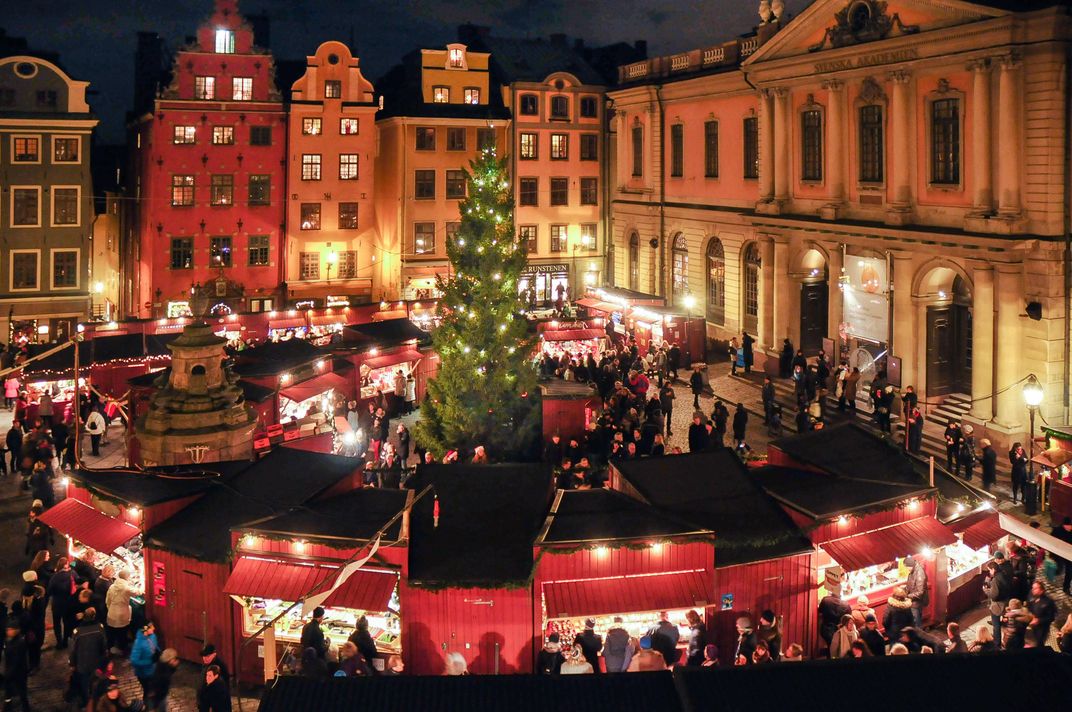
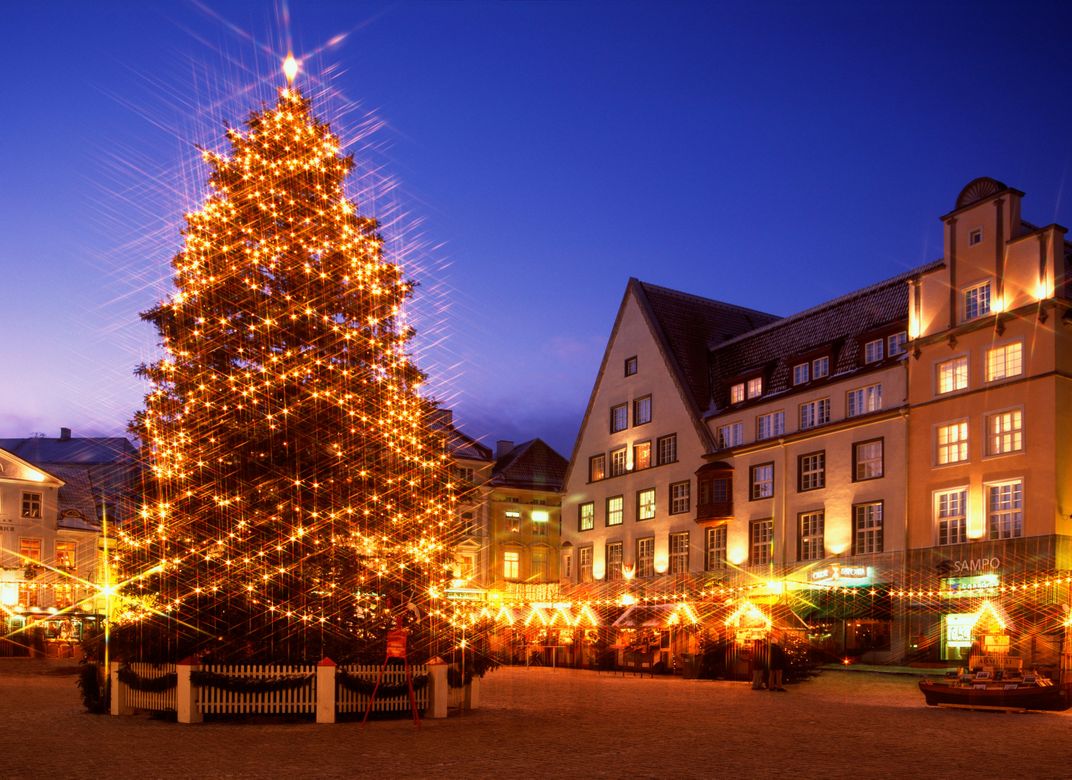
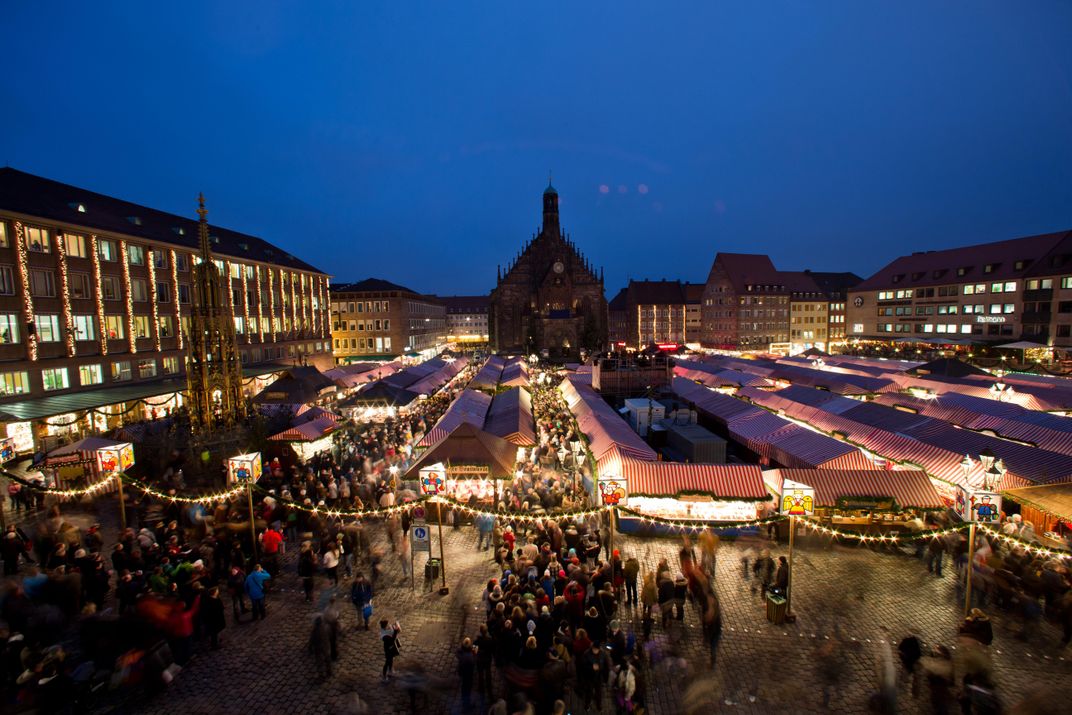
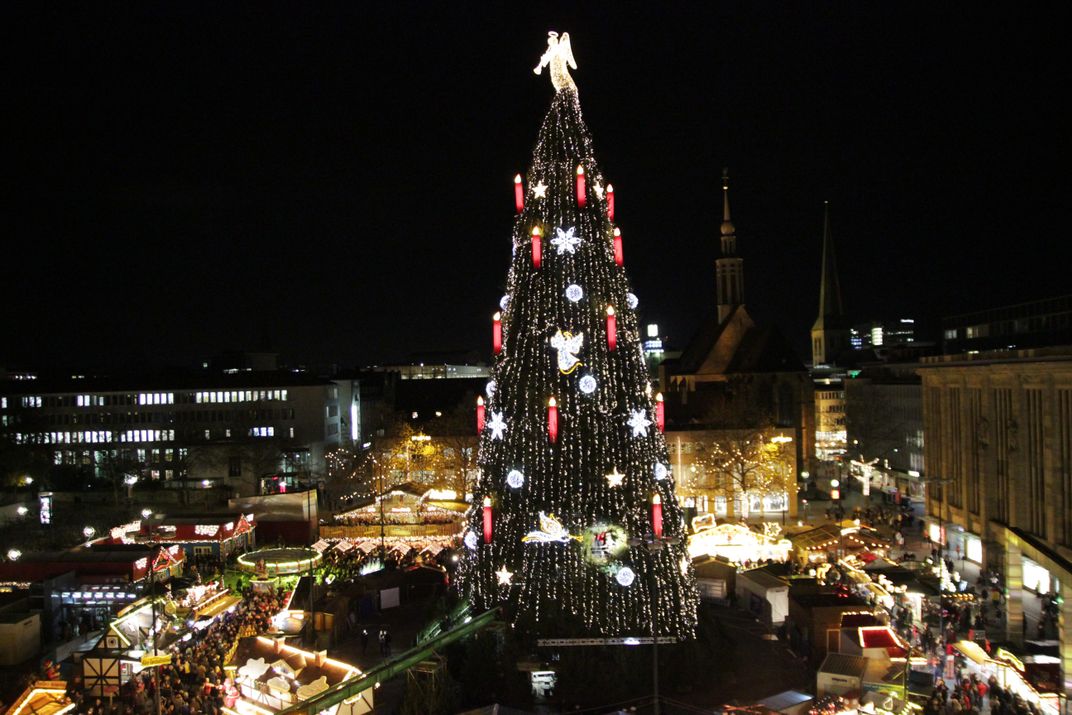

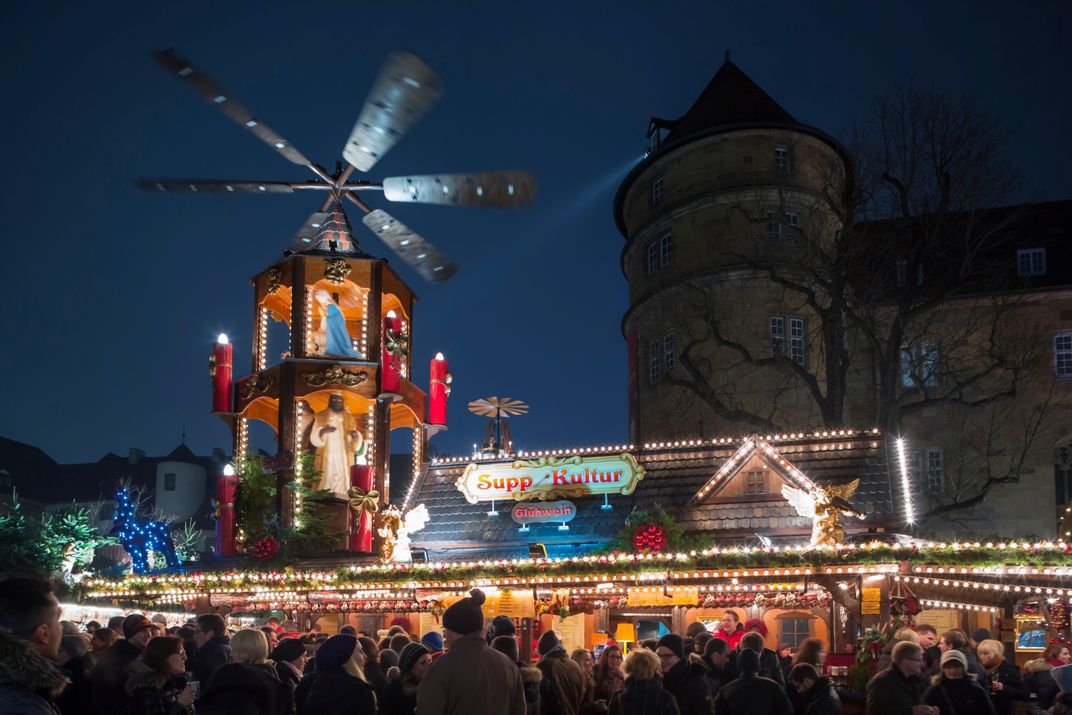
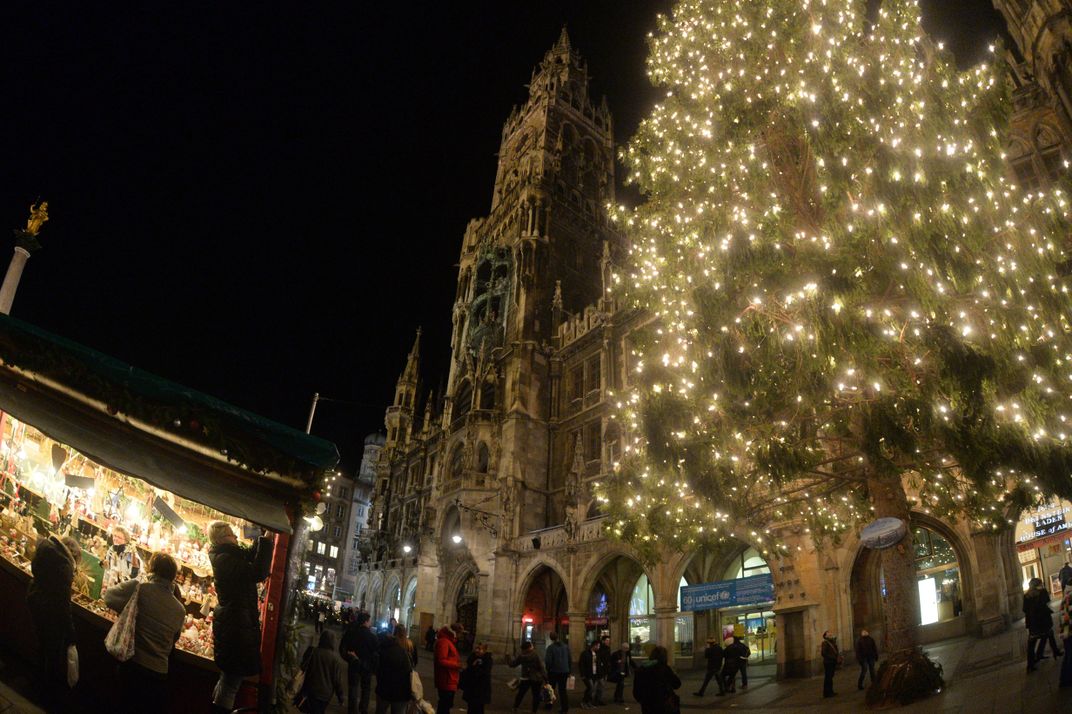
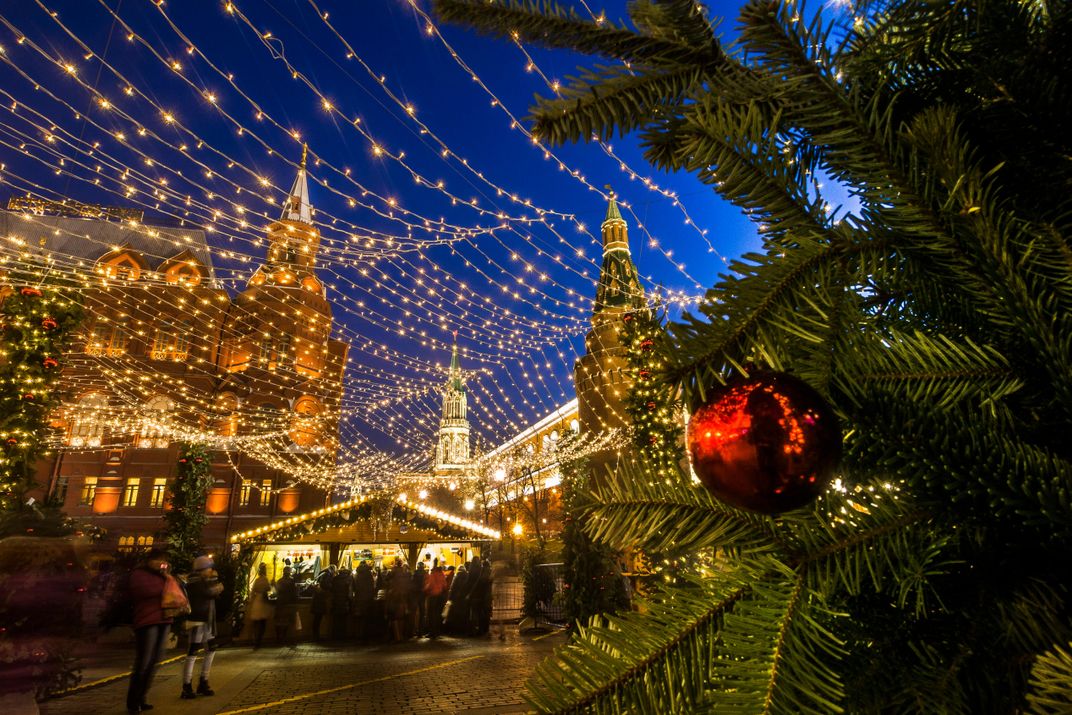
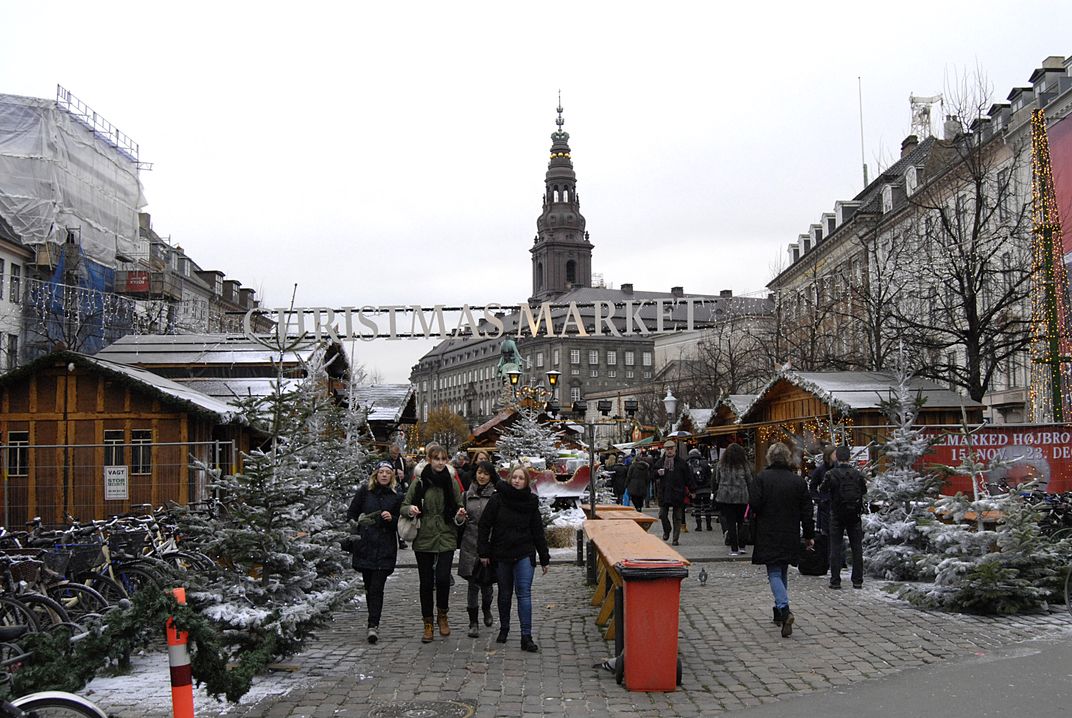
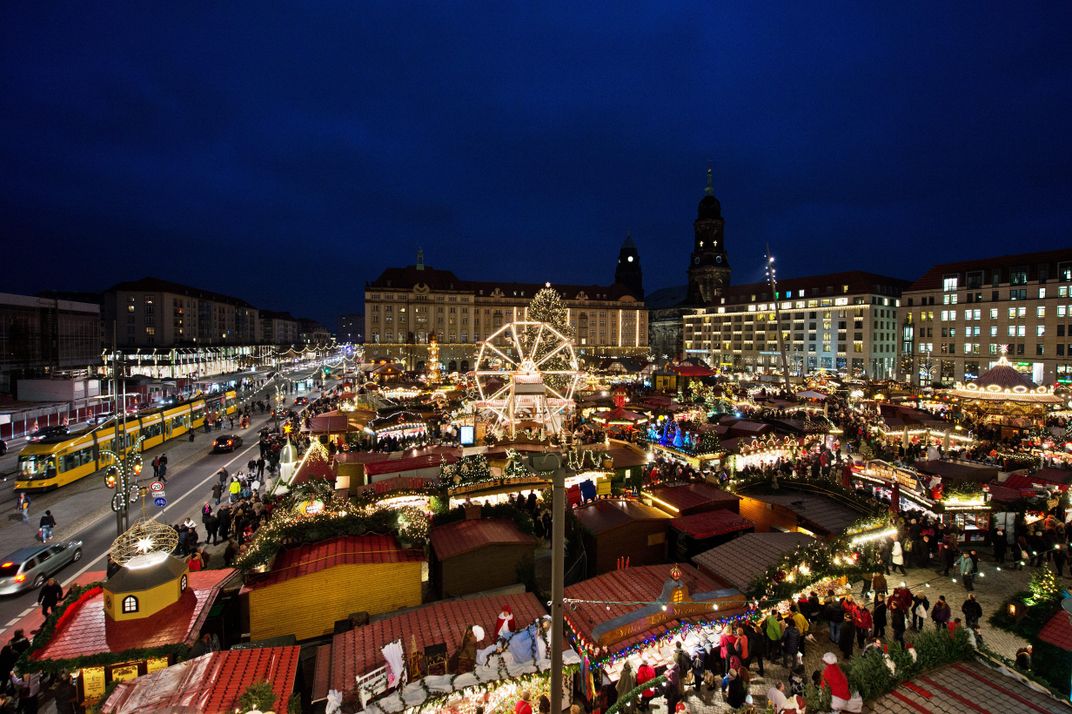
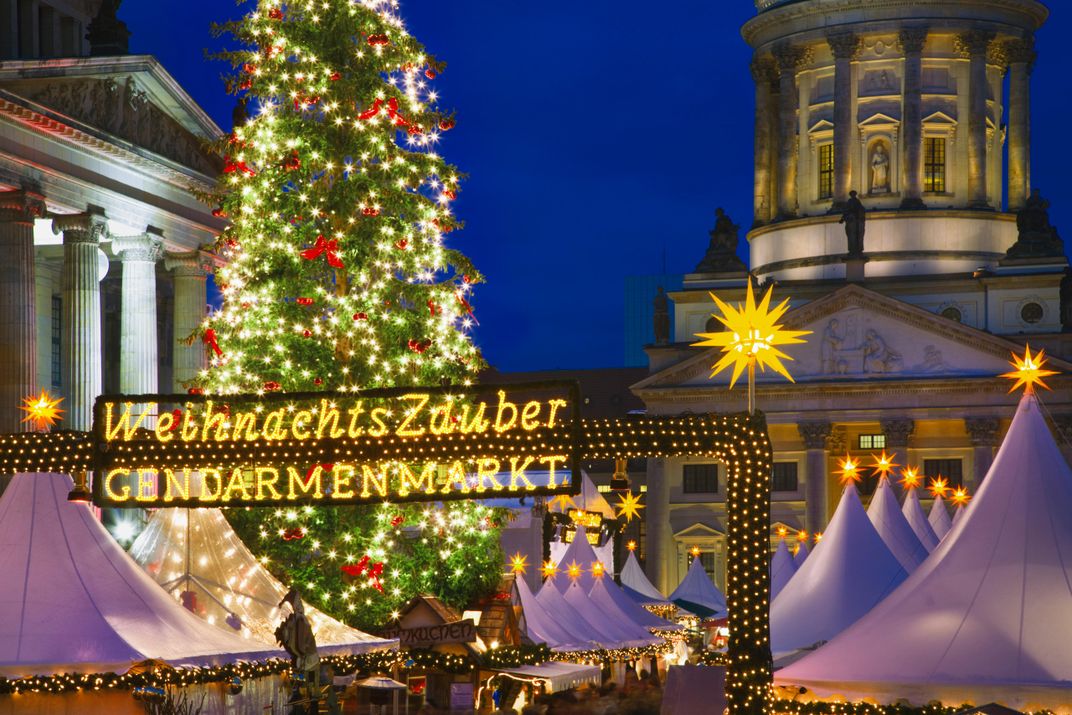
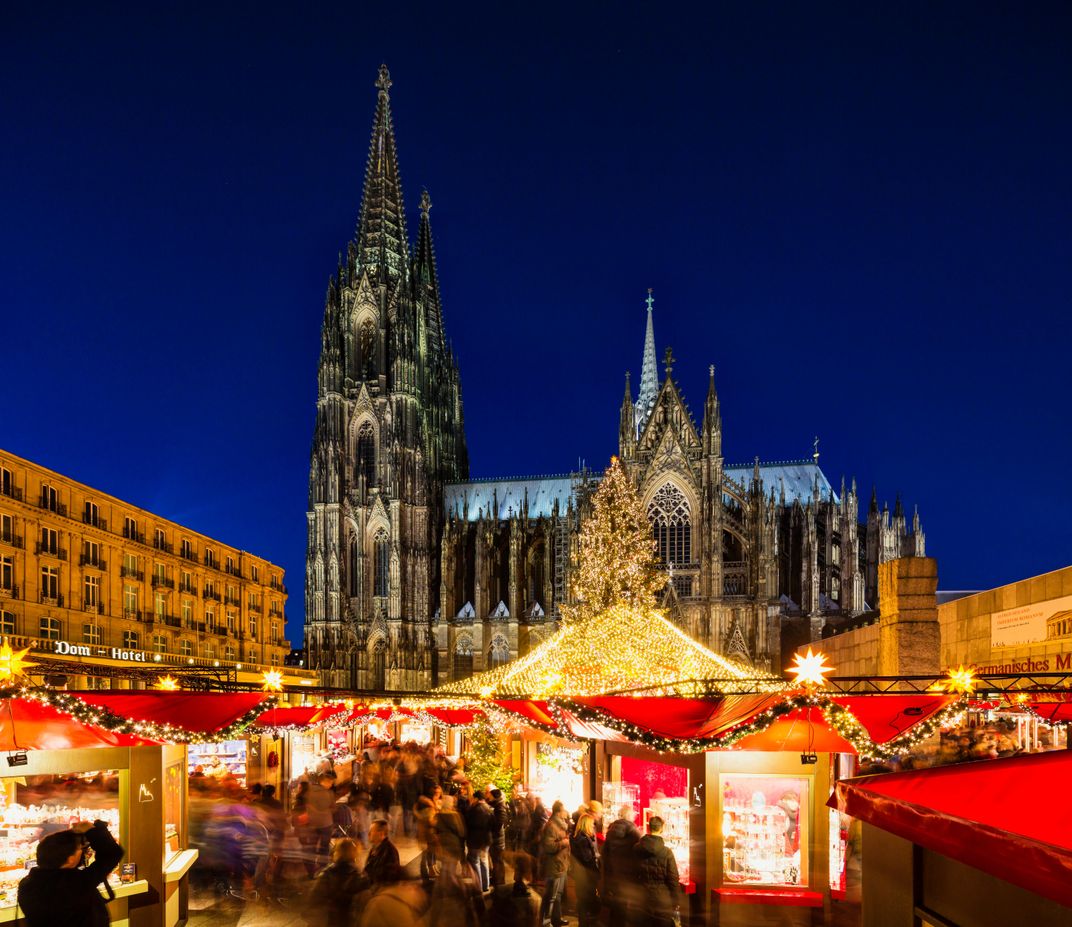
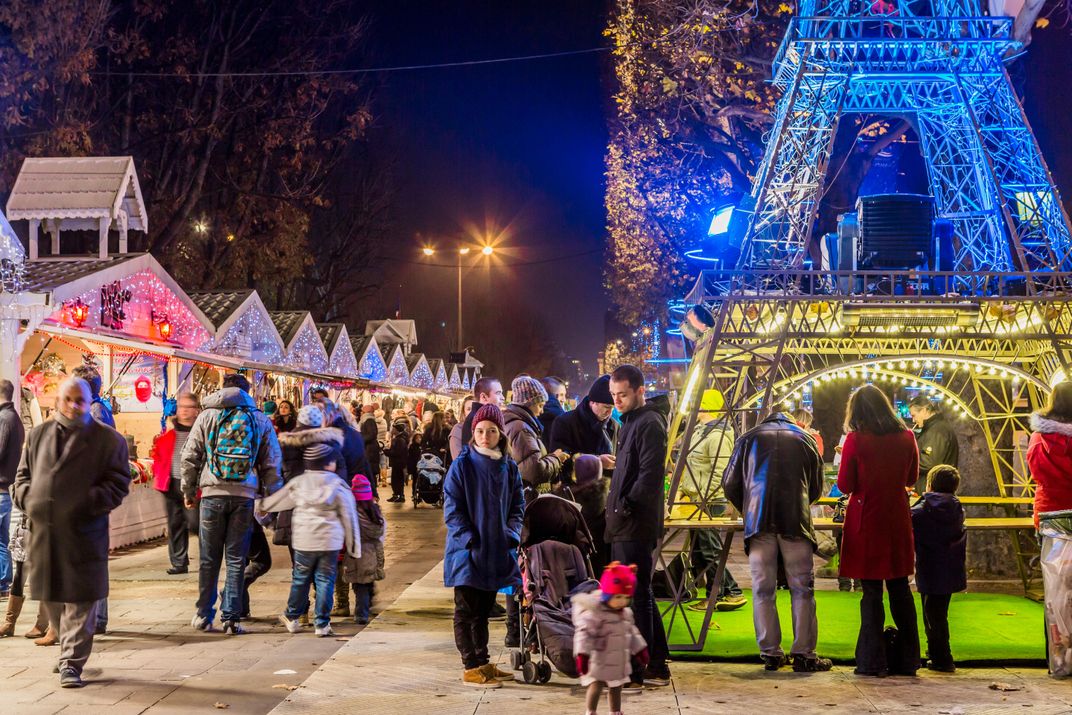
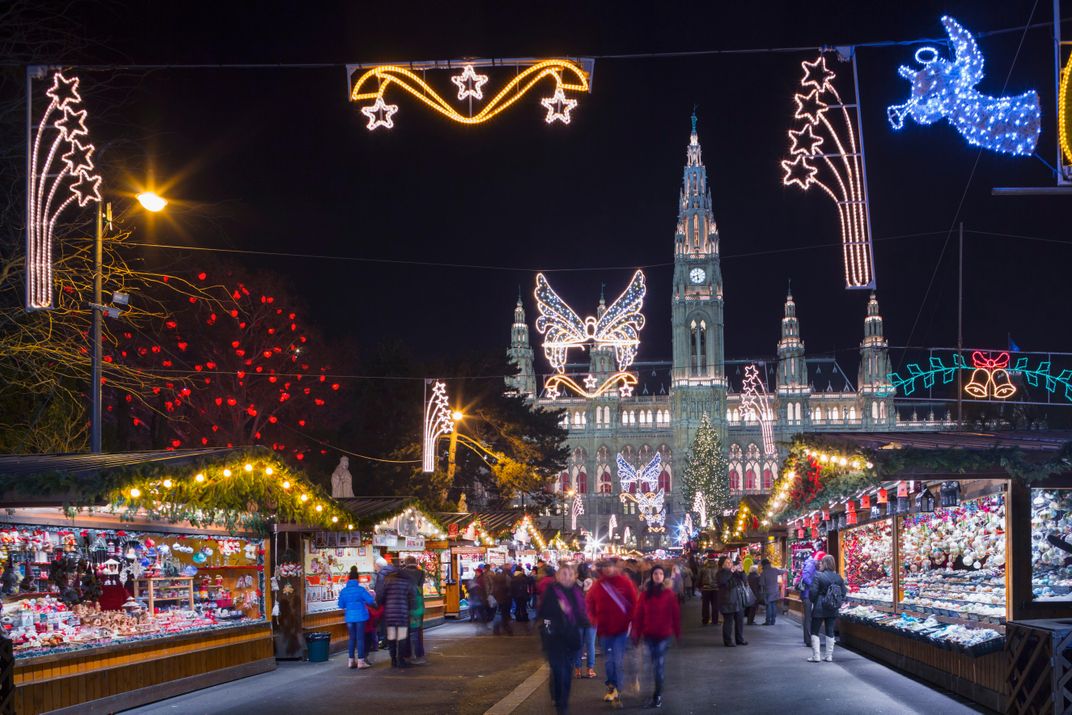
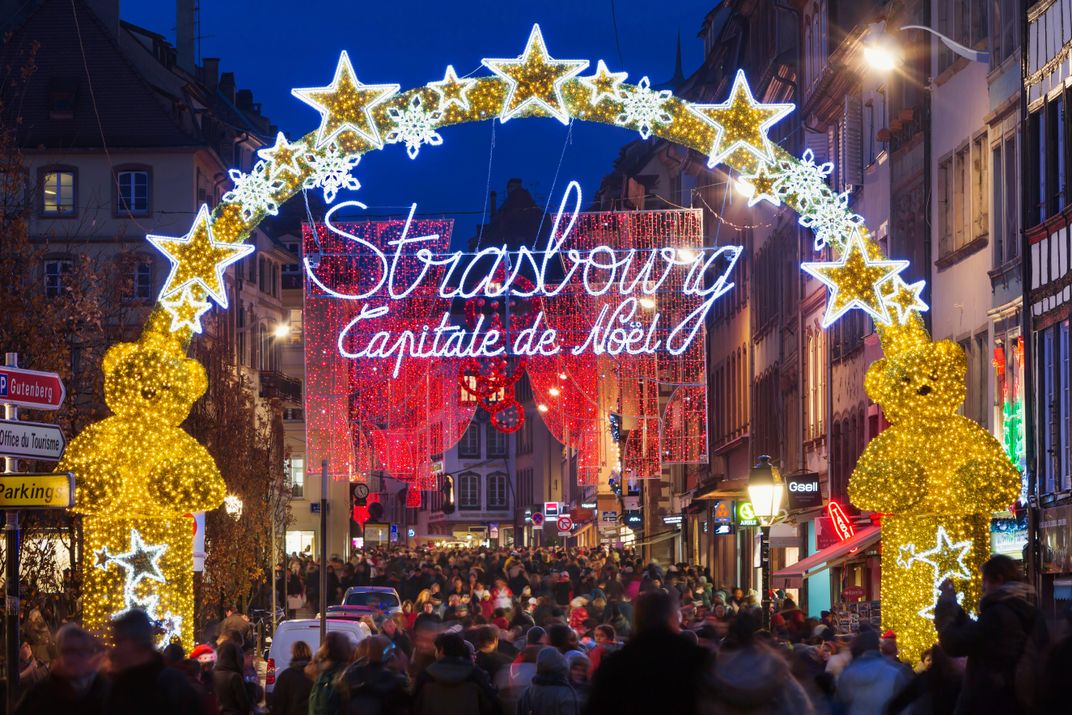
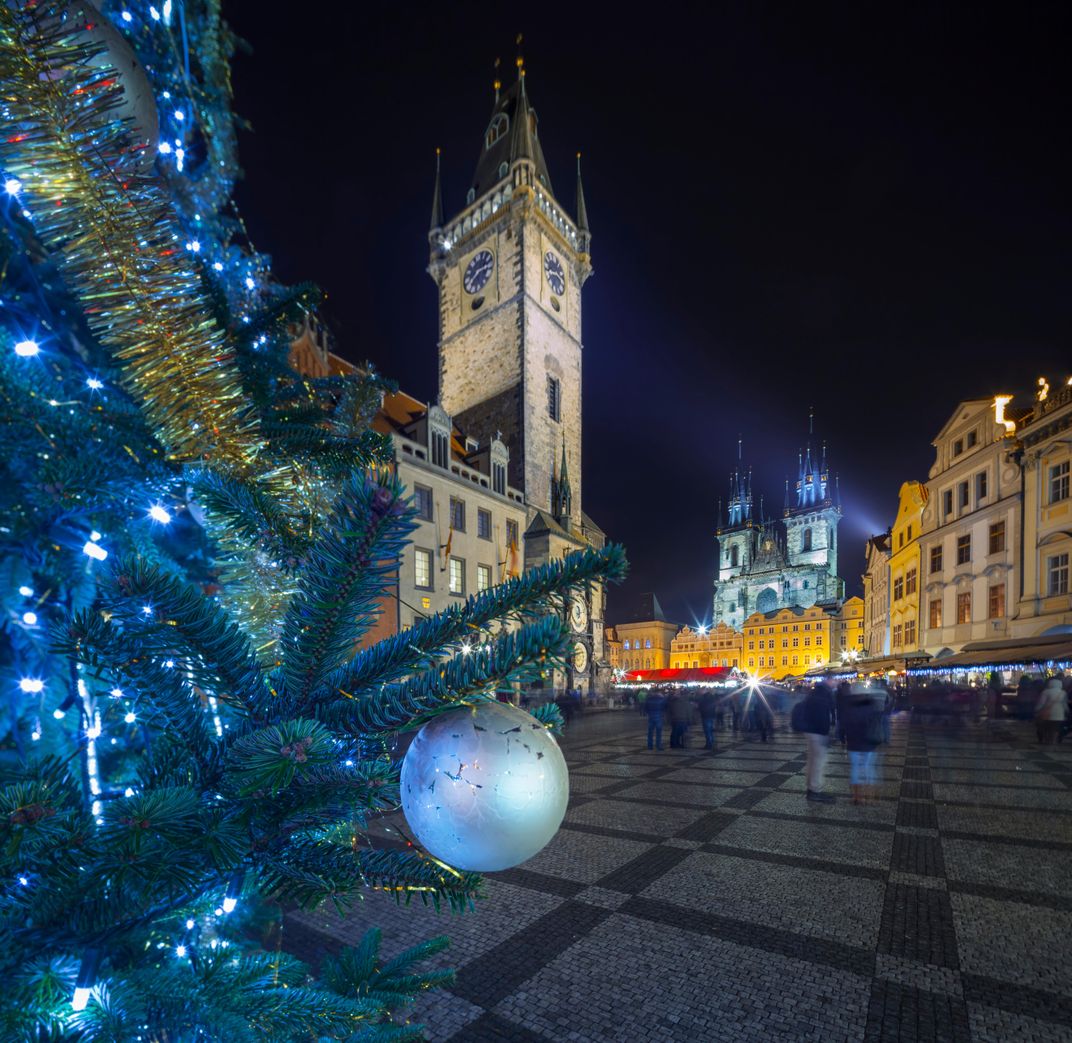
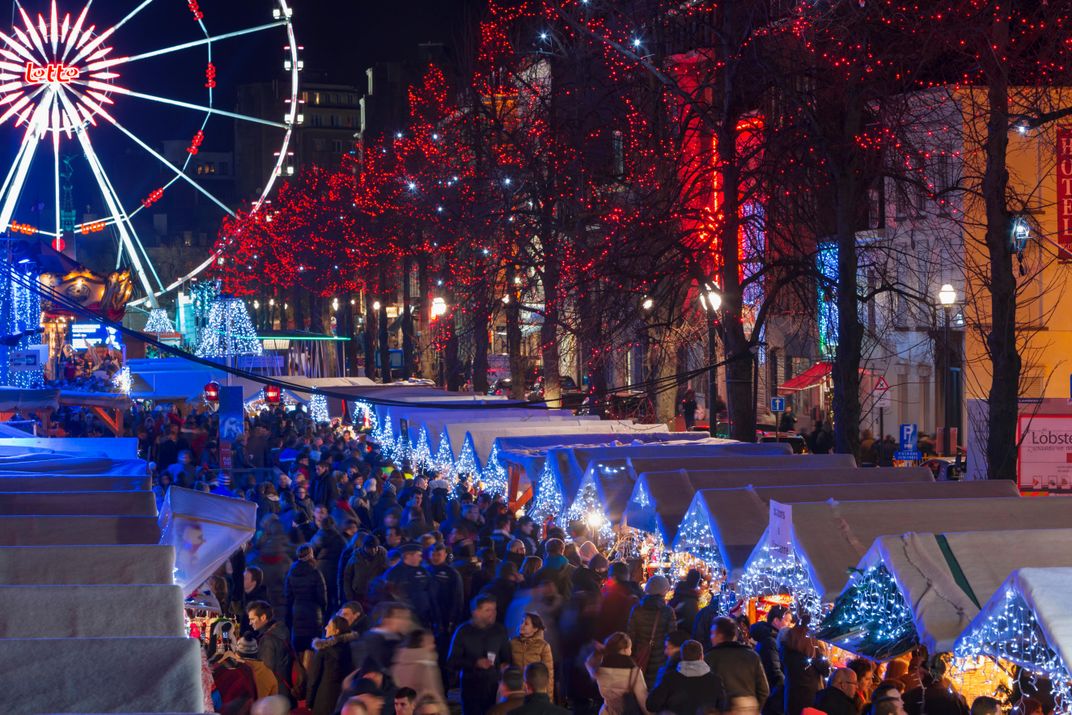
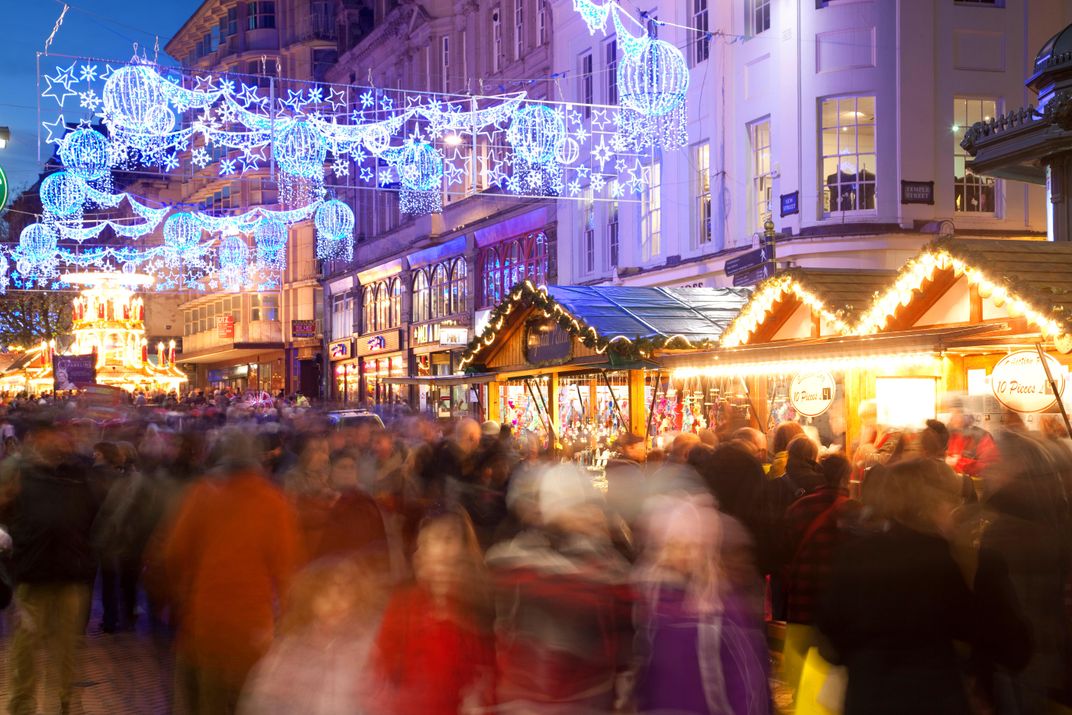
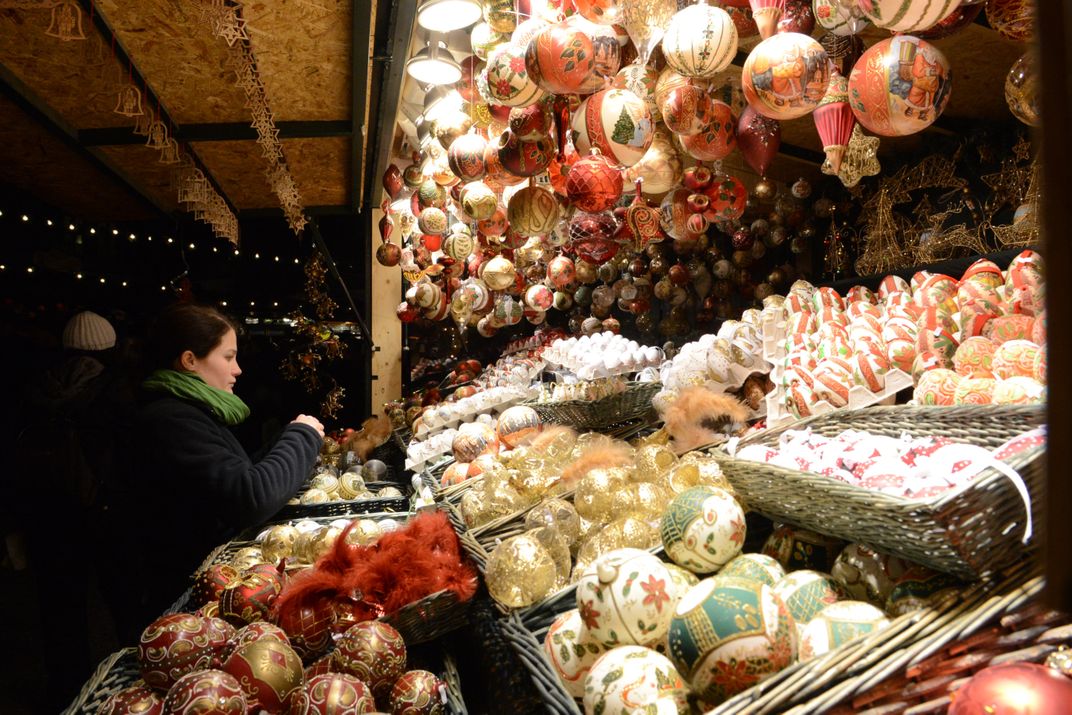
/https://tf-cmsv2-smithsonianmag-media.s3.amazonaws.com/accounts/headshot/natasha-geiling-240.jpg)